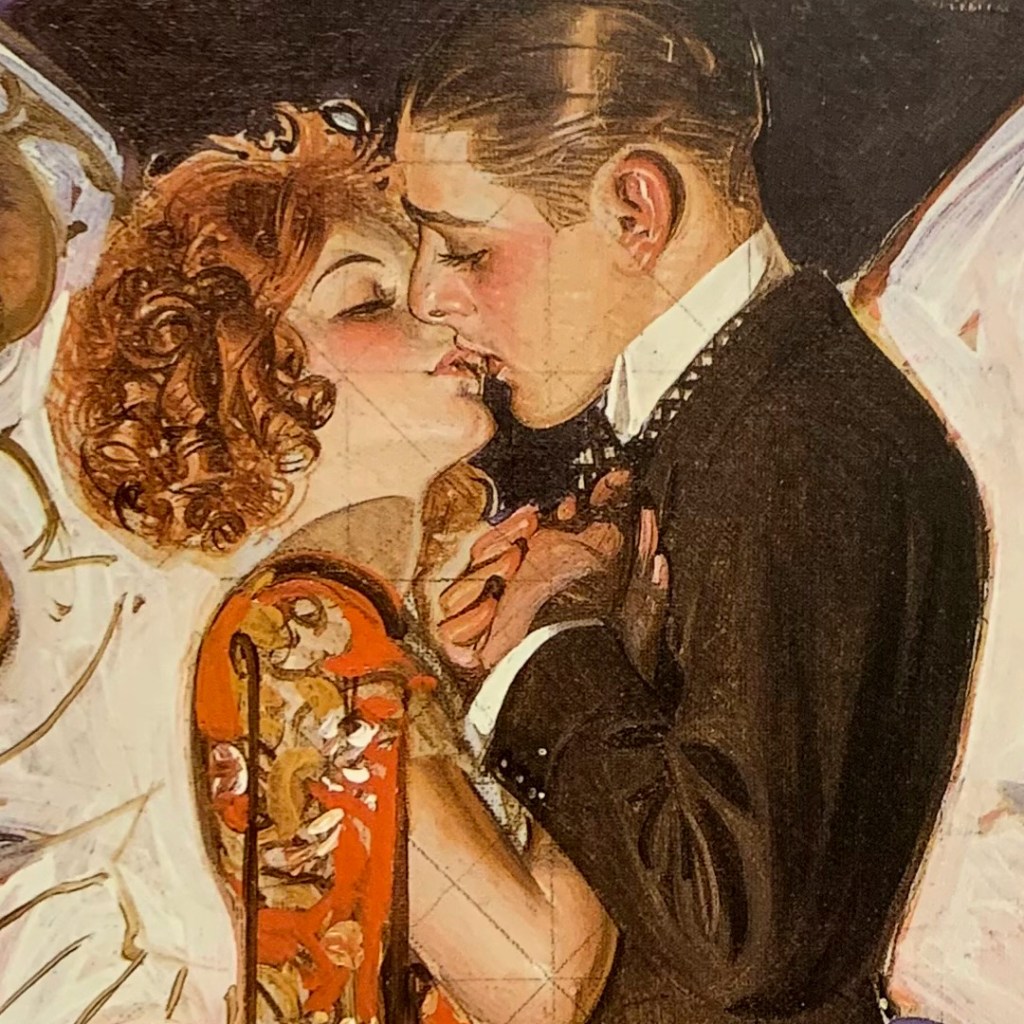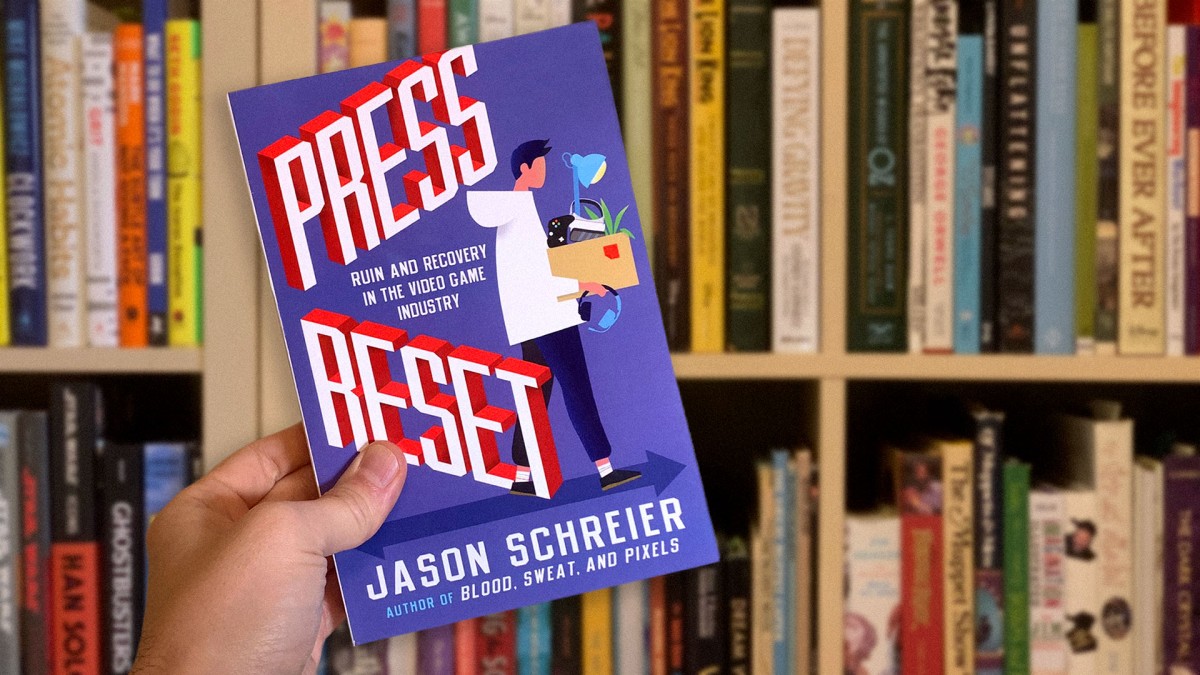I leaned forward, my nose half an inch from the surface of J.C. Leyendecker’s “First Airplane Flight,” visually scanning the painting, mentally deconstructing the layers of his workflow:
The contradictory relationship between Leyendecker’s mechanically precise line art and subtle washes of underpainting…
That iconic, rhythmic pattern in his midtones…
The sharply stylized highlights and shadows…

An eccentric man with a silver beard and straw hat slid up next to me and asked:
“How’s it smell?”
I sort of laugh-snorted and explained my enthusiasm in hopes of engaging him in a collaborative geek-out.
“I’ve never seen one in person before.”
I resumed making out with Leyendecker.
“Yeah, he’s hard to find. I’ve only seen his work in person a couple times.”
“I can’t believe how perfect it is. There’s not a single correction.”
I exhaled as I spoke because, in my amazement, I kept forgetting to breathe.
Then, with his response, that mysterious, Scarecrow-Santa-Claus forever changed the way I think about art.
“Of course, there isn’t. He’d already painted it twice.”

My mind flooded with memories of all the Leyendecker value studies, color comps, and preparatory sketches I’d studied from art school onward.
That’s why Leyendecker’s work and the work of every other classic illustrator (Dean Cornwell and Norman Rockwell among them) on display that day was so confident and precise.
They literally prototyped their illustrations prior to creating what would be considered the “final” work.
…and why wouldn’t they?

They weren’t successful illustrators because they had good taste. They were successful illustrators because they hit their deadlines and delivered high quality work consistently.
But somehow, the rapidity of digital techniques often makes our modern day workflows less efficient.
Sure, it’s easy to open a blank file and start drawing, painting, or writing anytime we want, but without proper planning and preparation, our attempts at anything more ambitious than what we already have memorized lead to unnecessary struggle.
…which wastes time and energy.
…and increases the likelihood that we’ll get stuck.

Musicians record demo versions of their songs to save on studio time. Architects design buildings with foam core and/ or polystyrene models. Dancers and stage actors hold dress rehearsals…
Where is the benefit for digital artists who abandon the tried-and-true commercial art practices of value studies, color comps, preparatory sketches, and mock-ups, or for visual storytellers who begin without any sense of the end?
Today, we’ll talk about how to de-stress your creative process by investing more time and energy into the preparatory stages.
I’ll share three major benefits of this kind of prototyping and provide examples for each one…


